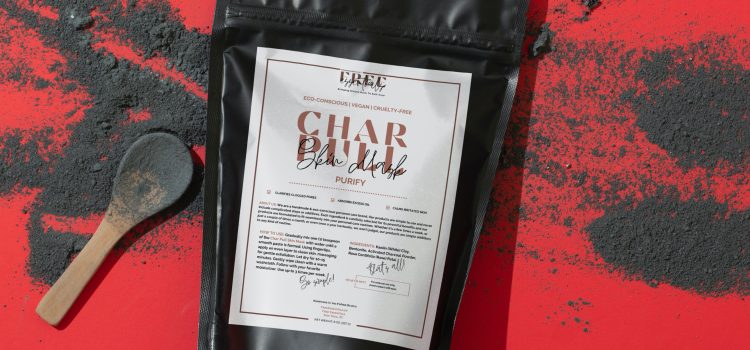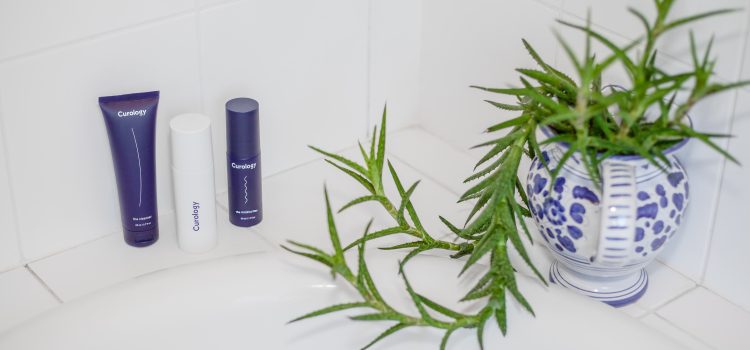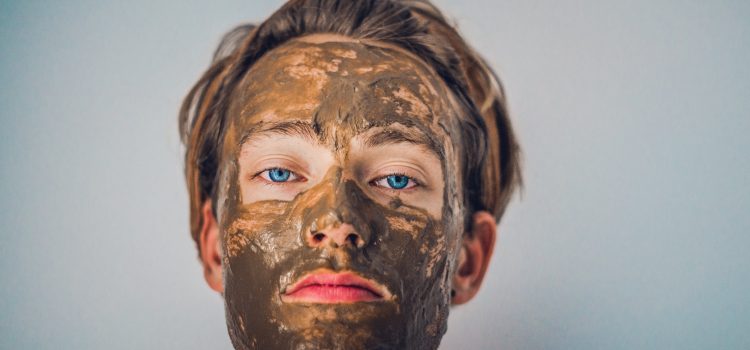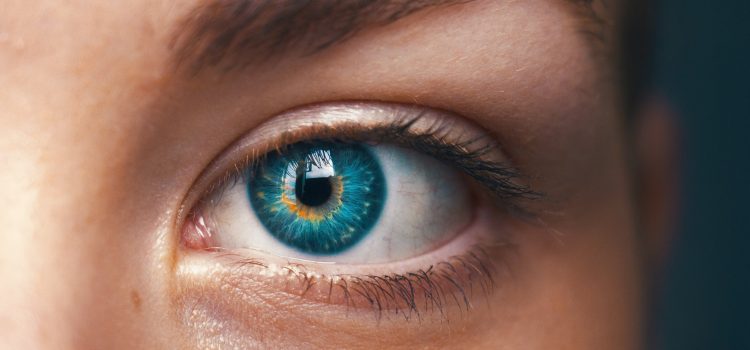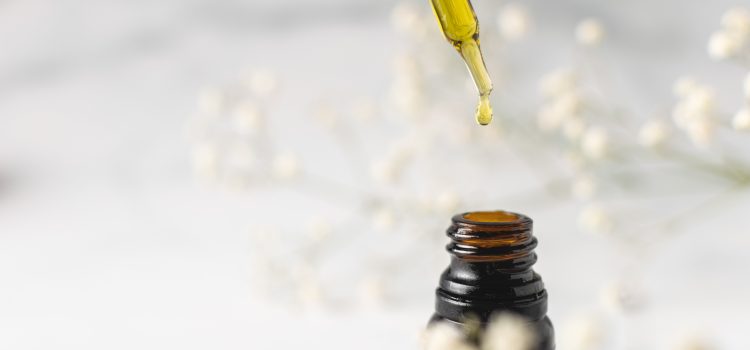
Are you tired of looking at your dull and uneven skin tone in the mirror? Do you dream of having a glowing, radiant complexion that turns heads wherever you go? Well, it’s time to say goodbye to those skin woes once and for all! The magic ingredient you need is Vitamin C – the ultimate skincare superhero that can transform your skin from drab to fab. In this blog post, we’re going to explore the incredible benefits of using Vitamin C in your skincare routine and show you how easy it is to achieve flawless, even-toned skin with this powerful antioxidant. Get ready for a brighter future (and brighter skin!) with our ultimate guide to Vitamin C.
Introducing Vitamin C
Vitamin C is a powerful antioxidant that can help to brighten your skin and even out your skin tone. When applied topically, vitamin C can help to protect your skin from damage caused by environmental stressors like pollution and UV rays. Vitamin C can also help to stimulate collagen production, resulting in firmer, smoother skin.
What are the benefits of Vitamin C?
Vitamin C is not only great for boosting immunity, but it also has amazing benefits for the skin. Here are some of the ways Vitamin C can improve your skin health:
1. Vitamin C can help to brighten your skin tone.
2. It can help to reduce inflammation and redness.
3. It can promote collagen production, which can help to reduce the appearance of fine lines and wrinkles.
4. It can help to protect your skin from damage caused by free radicals.
5. It can boost circulation, which can give your skin a healthy glow.
How to use Vitamin C for your skin
Vitamin C is a powerful antioxidant that can help to improve the appearance of your skin. It can help to brighten your skin tone, reduce the appearance of fine lines and wrinkles, and protect your skin from damage. Here are some tips on how to use vitamin C for your skin:
– Use a vitamin C serum: A vitamin C serum is a great way to get all the benefits of vitamin C for your skin. Look for a serum that contains at least 10% vitamin C. Apply the serum to your face and neck every morning and evening.
– Add a vitamin C supplement to your diet: You can also get the benefits of vitamin C by taking a supplement. Look for a supplement that contains at least 500 mg of vitamin C per day.
– Eat foods rich in vitamin C: Foods like oranges, strawberries, bell peppers, and broccoli are all good sources of vitamin C. Eating these foods will help you get the nutrients you need for healthy skin.
The best Vitamin C products on the market
Vitamin C is one of the most effective ingredients in skincare, and it’s no wonder that there are so many products on the market that contain it. But with so many options out there, it can be tough to know which product is right for you.
To help you narrow down your options, we’ve compiled a list of the best Vitamin C products on the market. Whether you’re looking for a serum, a cream, or a mask, we’ve got you covered.
One of our favorite Vitamin C serums is the Skinceuticals CE Ferulic Serum. This powerful product contains 15% L-ascorbic acid, 1% alpha tocopherol, and 0.5% ferulic acid. It’s ideal for those who are looking to brighten their skin tone and improve the appearance of fine lines and wrinkles.
If you prefer a cream formula, we recommend the drunk elephant c-firma day serum. This product contains 25% L-ascorbic acid and is perfect for those who want to target specific areas of their face with Vitamin C.
For a quick and easy way to get your dose of Vitamin C, try the Kiehl’s Powerful-Strength Line-Reducing Concentrate Mask. This mask contains 12.5% ascorbic acid and works to brighten skin and reduce the appearance of fine lines and wrinkles
DIY Vitamin C recipes
If you’re looking for a way to improve your skin tone, look no further than vitamin C! This nutrient is essential for collagen production and can help to brighten and even out your skin tone.
There are plenty of ways to get your daily dose of vitamin C, but if you’re looking for a more natural option, why not try making your own vitamin C serum at home? Here are two recipes to get you started:
Recipe #1:
Ingredients:
– ½ cup rosewater
– ¼ cup aloe vera gel
– 1 tsp. vitamin C powder
– ½ tsp. glycerin
– 10 drops lavender essential oil (optional)
Directions: Combine all ingredients in a bowl and mix well. Pour into a clean glass bottle and store in the fridge for up to 2 weeks. Apply to face morning and night after cleansing.
Recipe #2:
Ingredients: ˆ/span> – 1/3 cup carrier oil of choice (jojoba, grapeseed, etc.) – 1 Tbsp. vitamin C powder – 1 Tbsp. aloe vera gel – 10 drops lavender essential oil (optional) Directions: Combine all ingredients in a bowl and mix well. Pour into a clean glass bottle and store in the fridge for up to 2 weeks. Apply to
Conclusion
Vitamin C is a powerful antioxidant that can help brighten and even out your skin tone. Whether you’re dealing with sunspots, hyperpigmentation, or simply want to add some life back into your complexion, using the right products with Vitamin C is a great way to achieve healthy, glowing skin. Remember to use sunscreen and keep it savvy when choosing ingredients! With its magic power, Vitamin C will surely make dullness and uneven skin tone say goodbye for good.









